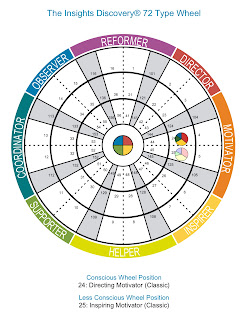The Internet is here!
I'm old enough to remember the excitement of my first modems in the 1980s connecting my previously isolated computers to others and then to what we now know as the Internet.
My first personal computer was a BBC Micro, purchased with the salary I earned over a summer working at IBM. It had 32k of memory and stored its programs and data on audio cassette tapes that took minutes to load and would be lost in an instant with a power spike! However, at the time it was revolutionary: I'd learnt to program by making pencil marks on 80-column cards which would be collected and driven to our city hall. There they'd be fed into a machine that read the pencil marks, turned into punched tape which in turn was fed into the city's mainframe computer ... I got the output of the program on printer paper at the next week's lesson. But that city's computer mainframe had the same memory as my BBC Micro, just 32k!
The BBC Micro transformed my computing experience. Now it was near.
Against this background imagine the excitement of a Hayes or US Robotics modem connection to others. First at 1200 bits/s; then at 2400. I upgraded every few months (at a couple of hundred dollars a time) to 4800 and 9600 modems. Then the breakthrough at 14.4 kbps which doubled again to 28.8 kbps. Each increase in speed helped, but in the UK we paid even for local telephone calls so my use of the AltaVista search engine, BBS bulletin board systems and the like was sparse: I kept a sheet of paper on my desk and made a note during the day of what I wanted. Then, in the evenings when phone rates were cheaper, I'd get online and run through my list of requests as rapidly as possible, downloading and printing what I could, as fast as possible and reviewing "off line" when it cost me nothing but time.
My first broadband Internet connection was another transformational leap forward: no longer was my computing just near, now it was always on. It cost me nothing more to spend time online and surf, browse and search for stuff and it was this that was the major change the led to the proliferation of content on the world wide web, beyond that produced by academic halls where they'd long had a permanent Internet connection.
Compared to this step-change, faster broadband and cable modems have not made that much difference to me.
Now my iPhone has given me another step-change experience. No longer is the Internet near, or always on, now it's always present. It's the device that wakes me up in the mornings and I roll over and immediately check the night's emails; it's there at the breakfast bar as I review the news; it plays music and handles voice calls as I commute to the office; Tuesday was typical for me - it was 4pm before I even turned my laptop computer on! Now whole days, even business trips, go by without me even using a familiar computer.
The iPhone is always in my hand, my back or shirt pocket, or within reach on the night stand. And it's this that is so transformational. Three of us in the family can sit with a TV on, but each of us using an iPhone. Somebody might be intrigued by a comment on National Geographic and immediately reach for Google on the iPhone to find out more. That means we use the Internet more: it's just too much effort to get off the couch and walk twenty feet to the study or family room and wait to boot up a computer! Those casual browsing questions don't get answered.
But with the Internet always present on a pocket-sized iPhone we discover more and relate more, with people in the vicinity and with our connected friends across the world.



Comments